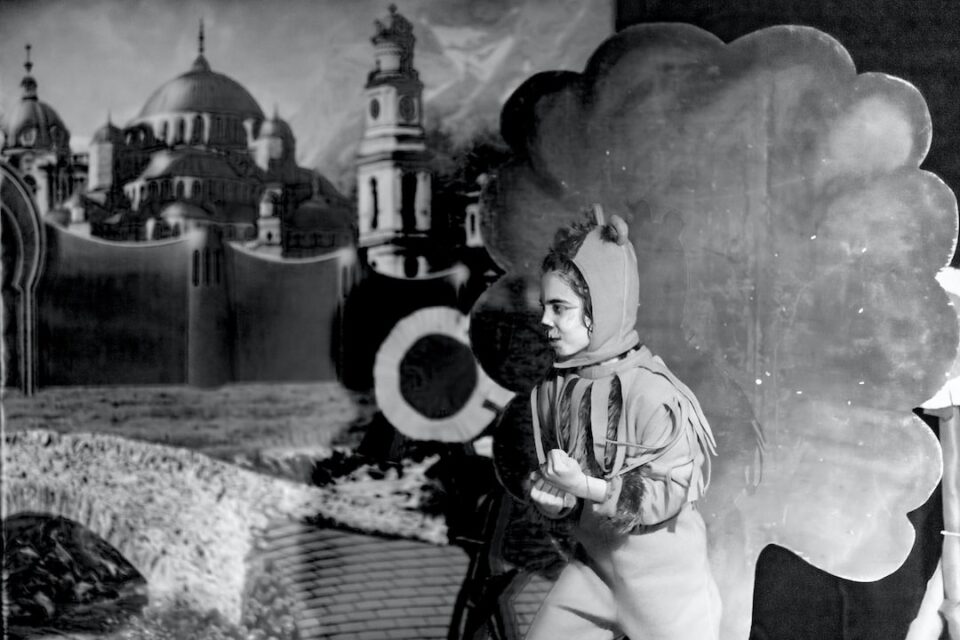Origami, the ancient art of paper folding, has captivated people’s imaginations for centuries. With its origins dating back to 17th century Japan, origami continues to be a revered and cherished art form around the world. Its appeal lies in its simplicity and elegance, allowing people to transform a humble sheet of paper into intricate and beautiful creations.
The word “origami” itself is derived from two Japanese words – “ori” meaning “folding” and “kami” meaning “paper.” The art of origami involves folding a single sheet of paper using precise techniques to create various shapes, objects, and animals. From delicate flowers and birds to complex modular designs, the possibilities are endless.
Origami requires patience, focus, and a keen eye for detail. It is a meditative practice that allows one to escape from the complexities of everyday life and immerse themselves in the simplicity of folding paper. As you go through the process, you can feel a sense of calmness and satisfaction, knowing that you are creating something unique and beautiful with your own hands.
One of the most iconic and recognized origami designs is the paper crane. Legend has it that anyone who folds a thousand paper cranes will be granted a wish. This belief originated from the touching story of Sadako Sasaki, a young girl who developed leukemia after being exposed to radiation from the Hiroshima atomic bomb. Sadako believed that by folding a thousand cranes, she would be able to make her wish for health come true. Though she passed away before completing her task, her story inspired many others to fold cranes as a symbol of hope, peace, and resilience.
Origami is not just a creative outlet; it also has practical applications. Artists and designers often incorporate origami techniques into fashion, architecture, and product design. By utilizing the principles of folding and origami, these industries can create innovative and efficient structures and patterns. Origami-inspired designs have been used in the development of solar panels, airbags in cars, and folding bicycles, to name just a few examples.
The beauty of origami lies not only in the final product but also in the process itself. Each fold requires precision, concentration, and an understanding of the geometry of the paper. With practice, one can develop a deep appreciation for the artistry and skill behind origami. It is a constant exploration and experimentation with different techniques and patterns, allowing for endless possibilities.
Origami is also a universal art form, transcending language and cultural barriers. It is a language of its own, communicating emotions and ideas through the simple act of folding paper. Origami workshops and exhibitions can be found in countries all over the world, bringing people together to learn and appreciate this ancient art form.
In conclusion, origami is a timeless art form that continues to captivate and inspire people of all ages. Whether you are a beginner or an advanced folder, the art of origami offers endless opportunities for creativity and self-expression. So why not give it a try? Grab a sheet of paper, follow a tutorial, and let your imagination take flight as you explore the art of origami, folding paper into masterpieces.

